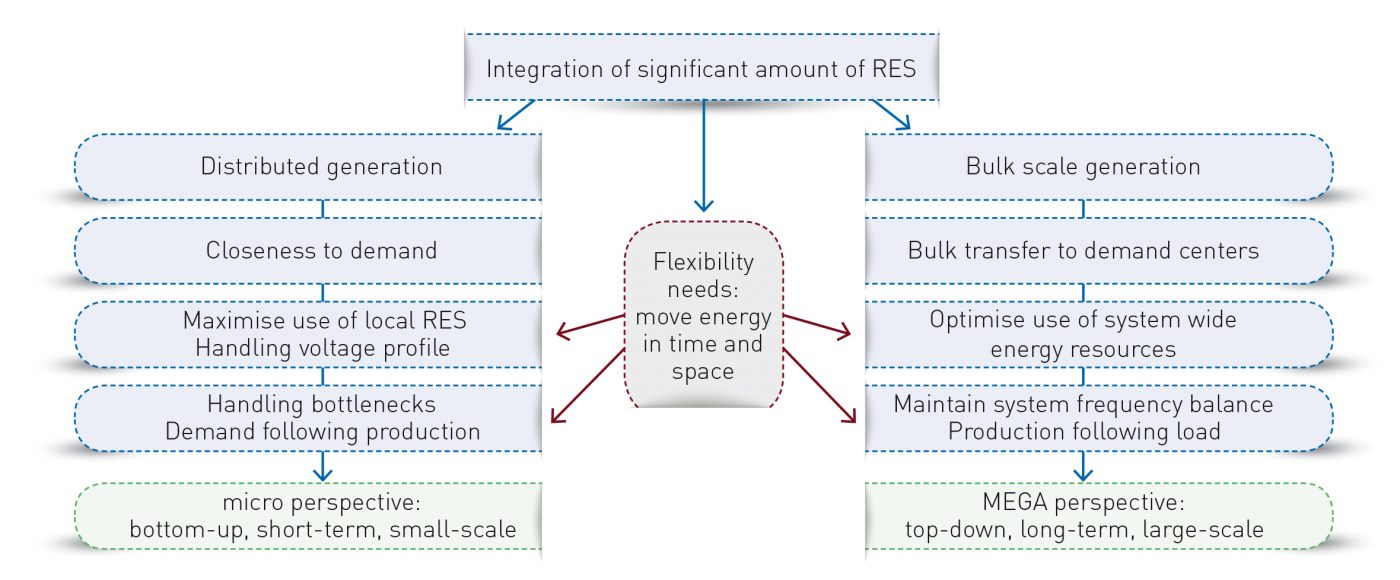A synchrophasor is a time-synchronized measurement of a quantity described by a phasor. Like a vector, a phasor is a complex number that represents both the magnitude and phase angle of voltage and current sinusoidal waveforms at a specific point in time. Devices called phasor measurement units (PMU) measure voltage and current, and with these measurements, calculate parameters such as frequency, real power (MW), reactive power (MVAR) and phase angle. Data reporting rates for these parameters are typically 30 to 60 records per second, and may be higher. In contrast, current supervisory control and data acquisition (SCADA) systems typically report data every four to six seconds – over a hundred times slower than PMUs.
Measurements taken by PMUs in different locations on the network are accurately synchronized with each other and can be time-aligned, allowing the relative phase angles between different points in the system to be determined as directly measured quantities. Synchrophasor measurements can thus be combined to provide a precise and comprehensive “view” of an entire interconnection, allowing unprecedented visibility into system conditions.
The number of PMUs installed worldwide, as well as the number and type of grid operations informed by PMU data and applications, have seen notable increases in recent years. The past six years have seen a significant increase in the number of PMUs installed across North America’s transmission grid, from fewer than 500 installed in 2009 to nearly 2,000 today. This rapid increase in deployment of PMUs was spurred by the 2009 American Recovery and Reinvestment Act (ARRA), which funded federal Smart Grid Investment Grants (SGIG) and Smart Grid Demonstration Projects (SGDP), with matching private funds. In Norway, responsibility for the deployment of PMUs has recently been assumed by the Transmission System Operator’s IT division, meaning that PMUs are becoming an integral part of the grid information infrastructure for system operations.


 The participants at these two meeting days have shown a high level of engagement and it has been highly valuable to learn from each other. In short, we can conclude that these meetings were very productive and successful in gathering a large amount of knowledge.
The participants at these two meeting days have shown a high level of engagement and it has been highly valuable to learn from each other. In short, we can conclude that these meetings were very productive and successful in gathering a large amount of knowledge.